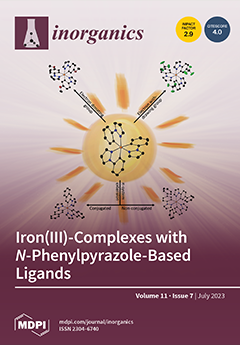The increase in anthropogenic CO
2 concentrations and associated environmental issues have demanded the development of technologies for CO
2 utilization. Among various potential solutions to decrease CO
2 emissions and achieve carbon neutrality, the recycling of post-combustion CO
2 into value-added chemicals
[...] Read more.
The increase in anthropogenic CO
2 concentrations and associated environmental issues have demanded the development of technologies for CO
2 utilization. Among various potential solutions to decrease CO
2 emissions and achieve carbon neutrality, the recycling of post-combustion CO
2 into value-added chemicals and fuels is considered one of the most economically attractive processes. In this regard, due to its large global demand and versatile applications in the chemical and energy sectors, methanol serves as the most appealing target for the chemical utilization of CO
2. However, direct hydrogenation of CO
2 to MeOH has proved challenging due to selectivity issues and high energy input, mainly dependent on CO
2-emitting fossil energy sources. To address these challenges, an alternative indirect CO
2-to-MeOH methodology has been proposed, which involves the hydrogenation of CO
2 via the intermediate formation of well-known CO
2 derivatives, such as formates, carbonates, formamides, carbamates, and urea derivatives. Homogeneous transition metal catalysts have been at the center of this research avenue, potentially allowing for more selective and low-temperature alternative routes from CO
2 to MeOH. This review aims to highlight the advances and challenges in homogeneous transition metal-catalyzed hydrogenation of major CO
2 derivatives to MeOH. Special attention is paid to the mechanisms of such transformations.
Full article





